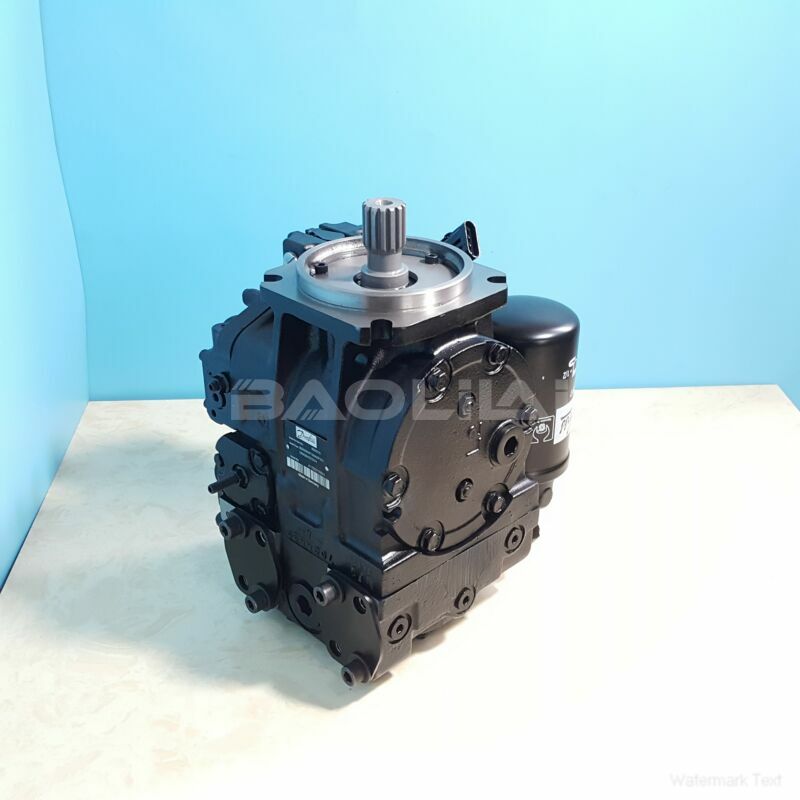90R130HF5NN80S3C8H03GBA424224 sauer danfoss pump
90R130HF5NN80S3C8H03GBA424224 sauer danfoss pump

- Product Details
- Applicable Scene
Hydraulic fracturing, commonly known as fracking, has transformed the landscape of oil extraction over the past few decades. This method allows for the extraction of hydrocarbons from deep geological formations that were previously deemed unreachable. One of the critical components of this process is the high-pressure pump, which plays a pivotal role in ensuring the success and efficiency of hydraulic fracturing operations.
90-R-130-HF-5-NN-80-S-3-C8-H-03-GBA-42-42-24
90R130HF5NN80S3C8H03GBA424224
At its core, hydraulic fracturing involves injecting a mixture of water, proppants, and chemical additives into a wellbore at high pressures. The objective is to create fractures in the rock formation, which allows oil and gas to flow more freely to the surface. High-pressure pumps are indispensable for carrying out this process effectively.

700891
The primary function of high-pressure pumps in hydraulic fracturing is to generate the necessary pressure to overcome the geological resistance of the rock formations. These pumps can deliver fluid at pressures exceeding 10,000 psi, which is crucial for creating and maintaining the fractures. The ability to produce such high pressures stems from advanced engineering and technology, as older pumping systems simply did not have the capacity required for modern fracking operations.
Moreover, the efficiency and reliability of high-pressure pumps directly impact the overall productivity of a fracking operation. Inefficient pumping systems can lead to increased operational costs, extended drilling times, and ultimately, reduced yields. As such, the selection of appropriate pumps is critical. Operators must consider factors such as the pump’s flow rate, pressure capabilities, and durability upon choosing the right equipment for each specific well.





